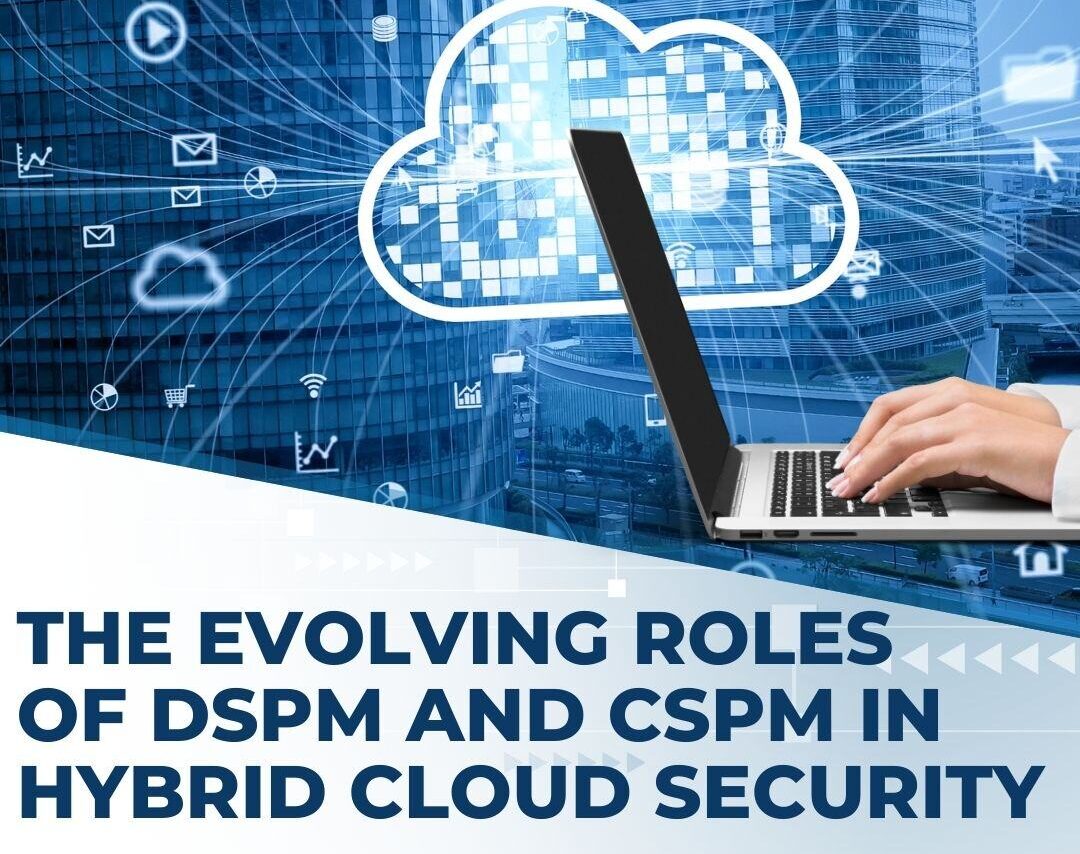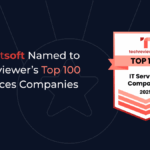Hybrid cloud adoption has soared in recent years, with organizations of all shapes and sizes adopting these models to bring various business and security benefits. In fact, in early 2023, 72% of organizations used a combination of public and private cloud platforms in their IT infrastructure. Unfortunately, hybrid cloud adoption has brought about new security challenges that security teams need help to overcome. This is where data security posture management (DSPM) and cloud security posture management (CSPM) come in.
The Evolution of DPSM and CSPM
While both CSPM and DSPM tools evolved as a response to increasing cloud adoption, they followed slightly different paths and solved somewhat different problems.
DSPM
Traditional data security strategies primarily work to secure on-premises environments wherein data is easier to track and control. However, as cloud adoption grew, organizations quickly realized that these strategies could not handle the dynamic nature of data in hybrid cloud environments.
First coined by Gartner in 2022, DPSM solutions are designed to automatically discover, classify, and monitor data in cloud environments in real time. They integrate with cloud services to identify sensitive information, track its usage, and apply necessary security measures, thus minimizing the risk of data leaks or breaches.
Essentially, DPSM tools are a next-generation data security solution that accounts for how data moves between public and private cloud environments, ensuring that data is protected wherever it is in an organization’s IT infrastructure.
CSPM
CPSM tools, however, evolved in response to the increasing complexity of cloud infrastructure – particularly in hybrid cloud environments. Again, traditional security tools cannot keep pace with cloud environments’ dynamic scaling and decentralized nature, leading to gaps in visibility and control.
The security industry created CSPM to continuously monitor cloud configurations, ensure compliance with established best practices, and automatically remediate security issues.
Over time, CSPM tools have become more advanced, incorporating features like AI-driven threat detection, automation of security workflows, and integration with various cloud platforms to offer a unified view of security across hybrid cloud environments.
The Role of DSPM and CSPM in Hybrid Cloud Security
The Data-Centric Approach with DSPM
In hybrid cloud environments, data is often stored across multiple locations, including on-premises data centers, private clouds, and public clouds. DSPM plays a critical role in securing this dispersed data by providing:
- Data Discovery and Classification: DSPM tools help organizations identify and classify sensitive data, no matter where it resides, enabling them to apply appropriate security controls.
- Real-Time Monitoring: Continuous monitoring of data access patterns helps detect anomalous behavior that could indicate a potential breach.
- Compliance Management: DSPM solutions ensure that data handling practices align with industry regulations like GDPR, HIPAA, and CCPA, reducing the risk of compliance violations.
DSPM’s data-centric approach is essential for managing security in hybrid cloud environments, where data flows across different platforms and needs consistent protection.
The Infrastructure-Centric Approach with CSPM
CSPM is essential for maintaining a secure cloud infrastructure in complex hybrid environments. It focuses on:
- Misconfiguration Detection: CSPM tools identify misconfigurations in cloud services, which are often a leading cause of data breaches in cloud environments.
- Policy Enforcement: They enforce security policies across all cloud assets, ensuring that best practices are uniformly applied to reduce risk.
- Automated Remediation: CSPM solutions can automatically correct configuration errors, minimizing the window of vulnerability.
By providing a comprehensive view of the cloud infrastructure, CSPM enables organizations to detect and respond to threats quickly, ensuring the security posture of hybrid cloud environments remains robust.
How DSPM and CSPM Complement Each Other
While DSPM and CSPM have distinct focuses—data security and cloud infrastructure security, respectively—they are most effective when used together in hybrid cloud environments. DSPM ensures that sensitive data is adequately protected, while CSPM ensures that the infrastructure housing that data is secure and properly configured. The benefits of using these two solutions in tandem include:
- Holistic Security: Combining both solutions provides a comprehensive view of security across data and infrastructure layers, which is crucial in complex hybrid cloud setups.
- Improved Incident Response: Faster detection and remediation of both data-centric and infrastructure-centric security issues help minimize the impact of potential breaches.
- Enhanced Compliance: Together, CSPM and DSPM offer comprehensive compliance tracking and reporting capabilities, making it easier for organizations to meet regulatory requirements.
The Future of DSPM and CSPM
As cloud adoption continues to rise, tools like DSPM and CSPM will become increasingly important, common, and sophisticated. More organizations will turn to these solutions to secure their cloud environments and comply with increasingly stringent cloud and data security regulations.
From a technical perspective, DSPM and CSPM will integrate further with AI and machine learning technologies to enhance threat detection, offer predictive analytics to foresee potential vulnerabilities and provide more advanced automation capabilities to streamline security management.
Source link











